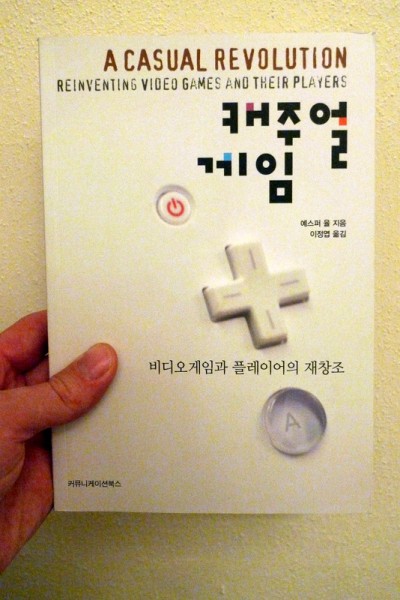Zero-Player Games. Or: What We Talk about When We Talk about Players is a paper I co-wrote with Staffan Björk for the Philosophy of Computer Games Conference in Madrid earlier this year (Staffan’s idea).
Zero-Player Games is one of my more philosophical papers, and deals with the topic of games without players. This is obviously something of a contradiction in terms, but the paper works by looking at interesting edge cases of what we consider to be a game.
It turns out that each of the edge cases we examine (such as Conway’s Game of Life or StatBuilder) tells us something fundamental about both games and players. In other words: by removing players from the equation, we show what was removed.
The paper thereby also questions seemingly “player-centric” theories of games: it is not uncommon to hear theorists claim that games are nothing by themselves, but only come into being when played. We show that such arguments overlook the fact that players have preferences about which games they prefer to play.
Here is the abstract:
Do games need people? If so, what is it that makes people important to games? It can seem self-evident that games are artifacts designed to be used by players, but in this paper we will discuss the paradoxical idea of zero-player games. We do not wish to argue against the study of players, but we believe that many common conceptions of players are too vague to be useful. Based on the examination of zero-player games, we provide five subcomponents to help in the understanding of the player concept. Expressed as questions, these are: Is this a human player? Does the player have agency? Does the player play over time? Does the player appear to have intentionality? Does the player exhibit aesthetic preferences?
Read the paper here: http://www.jesperjuul.net/text/zeroplayergames/
PS. For more reading, here are all the papers from the Philosophy of Computer Games conference 2012 (scroll down).


